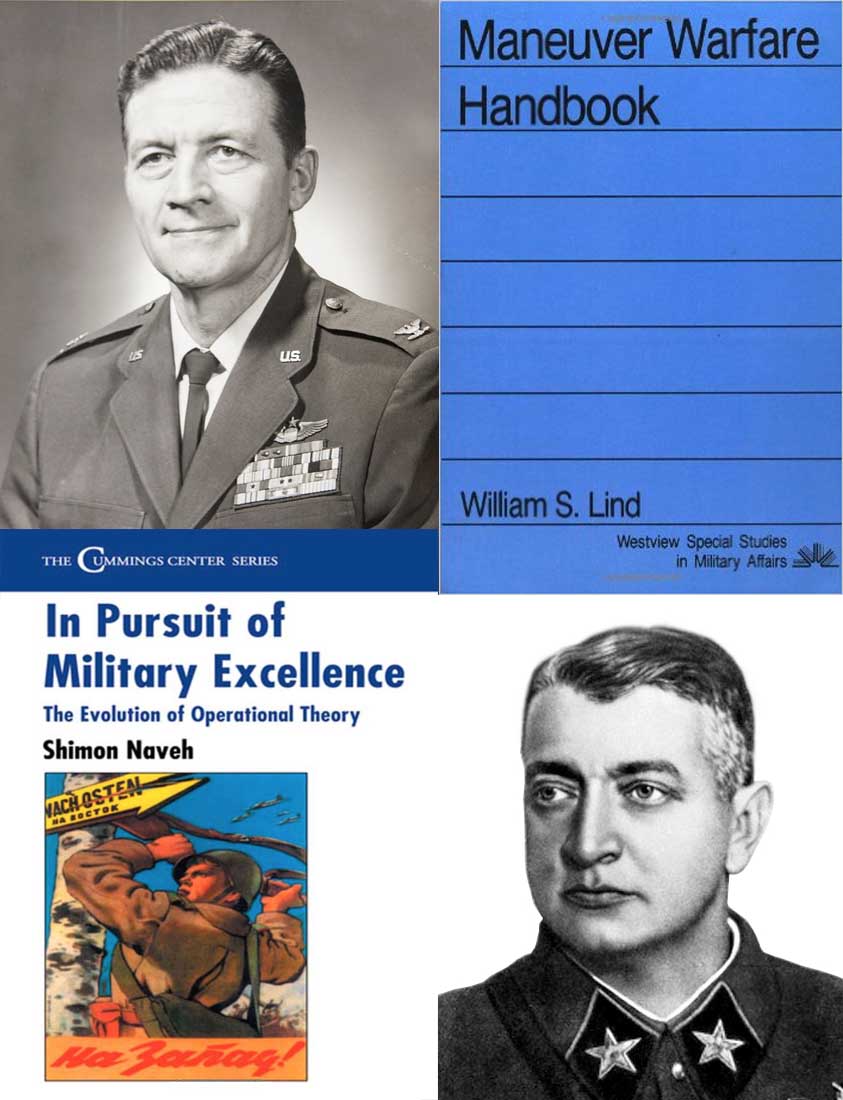Our new High-Intensity Military Urban Combat book is an abridged version of the longer Squad-Level Military Urban Combat manual published by Special Tactics in 2017 which required controlled distribution and could not be published digitally because it contained sensitive but unclassified information regarding U.S. military urban warfare tactics. This version has extracted two sections from the original manual that contain no sensitive information, making this abridged version suitable for international, digital distribution. The core value provided by this new manual is a focus on the often neglected subject of high-intensity conventional warfare. Such tactics and knowledge could prove particularly useful for allied military forces as conventional conflicts grow more common around the world.
All in Combined Arms
Defensive Planning (Part 1): Contingency Planning and Threat Courses of Action
The fundamentals for planning a good defense are the same, whether you are a military planner preparing to defend South Korea, a law enforcement/security professional assigned to secure a compound/event or a citizen trying to defend your home and family from an intruder. This article is the first in a 3-part series on defensive planning. This first part deals with anticipating the threat and making contingency accordingly.
High-Intensity Urban Combat Tactics
How must urban combat tactics change if the United States and its allies find themselves in a high-intensity conventional war against a modern combined-arms force like Russia, China or North Korea? While many tactics and general principles will remain the same, there are some very important differences between high-intensity conventional urban combat and the sort of precision Close Quarters Battle (CQB) that the U.S. military has grown accustomed to practicing over the past seventeen years.
Maneuver Warfare: Common Misconceptions (Pt. 1)
Proponents of Maneuver Warfare are often labeled as mavericks who have trouble conforming to military culture and discipline. In turn, "Maneuverists" often brand their opponents as uncreative micromanagers who can only win with overwhelming firepower. However, such heated debates are often misguided and founded on misunderstanding. Several key insights can help illuminate the true essence of Maneuver Warfare and its opposite: “Synchronization Warfare.”




